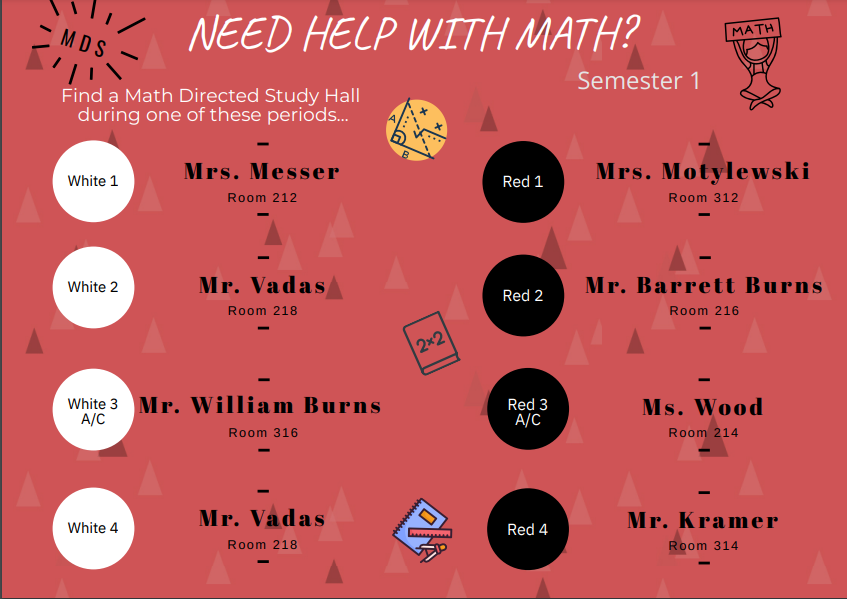The College Spy Comes to Town!
Our friend Michelle at The College Spy is doing us a solid, offering a four part College Admissions 101 Adult Ed course this fall for just $75. If you read The Courier with any kind of fidelity, you no doubt know of Michelle’s dedication to making information readily available, often for free. This is an amazing opportunity that we strongly encourage you to take advantage of if you/your kiddo are/is college bound!
Out! Maine Fall Programming!
Check this out!
Just Say No! To Cell Phones
We are not alone… Districts across the country are wrestling with cell phones.
How Parents Can Best Support Gen Z
For many pre-teens and teens, a new school year brings big changes: new routines, different classes and changing friendships (both in real life and online).
Parents can help kids navigate these transitions by understanding their feelings and finding ways to better support them. A new survey published in July provides fresh insight into the emotional landscape of today’s Gen Z youth.
Conducted by the Walton Family Foundation (a funder of NPR) and Gallup, in partnership with teen psychologist Lisa Damour, the group surveyed 1,675 children ages 10 to 18 and one of their guardians. It found that Gen Z kids felt pressure to be perfect and increased negative emotions like anxiety, especially among girls and teens.
Two More Mass Colleges See Drop in Students of Color Enrollment; UMass Sees Increase
Last week, MIT revealed that the percentage of students of color had diminished since the SCOTUS ruling that determined Affirmative Action to be unconstitutional last year. Amherst and Tufts released information that they too saw a decrease in students of color.
UMass Amherst, however, has just welcomed the most diverse class in the school’s history.
Common App Schools That Don’t Require Supplemental Essays
Here’s a list worth checking out if you want to keep your essay writing to a minimum!
From Jeff Selingo
“There are so many storylines to follow in higher ed as we kick off a new academic year. Here are 4 of them, told in 4 charts:
1. We’ve reached the peak of high-school graduates.
You’ve probably heard of the “enrollment cliff” in higher ed. In many ways, undergrad enrollment been on a downward slope for more than a decade. But now reality is really hitting: as the chart below shows, the high-school graduating class of 2025 in the U.S. (as in this year’s seniors) will be the largest one for a really long time to come.
2. The colleges in the best financial shape educate only 600,000 students.
This chart comes from an analysis I worked on with Bain & Co. last year. It looks at the financial resilience of institutions based on their enrollment trends, margin (i.e. revenues in excess of expenses), and financial reserves. The red bar shows the percentage in each sector of higher ed that is considered strong. Only highly selective privates (think Ivy-plus) are in better shape than they were before the pandemic.
3. Yield is the real admissions story, not the number applications.
Yield is the percentage of accepted students who actually enroll. These rates are a truer gauge of popularity when students have multiple options. As this chart below shows, many schools had similar yield rates three decades ago. But now there’s a big divide between the haves and have-nots in higher ed. The most selective colleges have moved up in yield, while the rates for everyone else have plummeted (h/t Scott Smallwood at Open Campus).
4. Social mobility in college is about more than exposure.
In the simplest terms, rich people go to college and graduate at much higher rates than poor people do. This chart above shows that rich people make a far greater share of their friends in college (the yellow line) than do individuals from low-income backgrounds.
The chart is from the economist Raj Chetty and his colleagues at Opportunity Insights, who analyzed a massive dataset from Facebook to figure out our social connectedness and how it comes about. Opportunity Insights is a think tank based at Harvard that studies inequality.
Even when teenagers from low-income households go to college they don’t make as many friends from wealthy families as those who come from wealth do. One reason is that there are fewer low-income students in college; another reason is that colleges have structures in place (like Greek life) that segregate students.
Why does that matter?
Because such social capital is critical to building networks and getting jobs–and eventually achieving higher ed’s promise of social mobility. It’s not enough for students from diverse backgrounds to rub elbows with each other; colleges and universities must build more intentional structures for the groups to not only mingle but also to truly connect.
Math Directed Study Halls
If you are math-challenged like me (I topped out at arithmetic…), you might need a little (or a lot) of help making it through your Math Class. Never fear… MDS is here!
MDS are specialized study halls proctored by a Math teacher for the specific purpose of having assistance at the ready. If you occasionally have a hard time making it through your Math homework, you can just stop in during a free period. If you struggle all the time, we can actually assign you to an MDS in place of a regular study hall.




